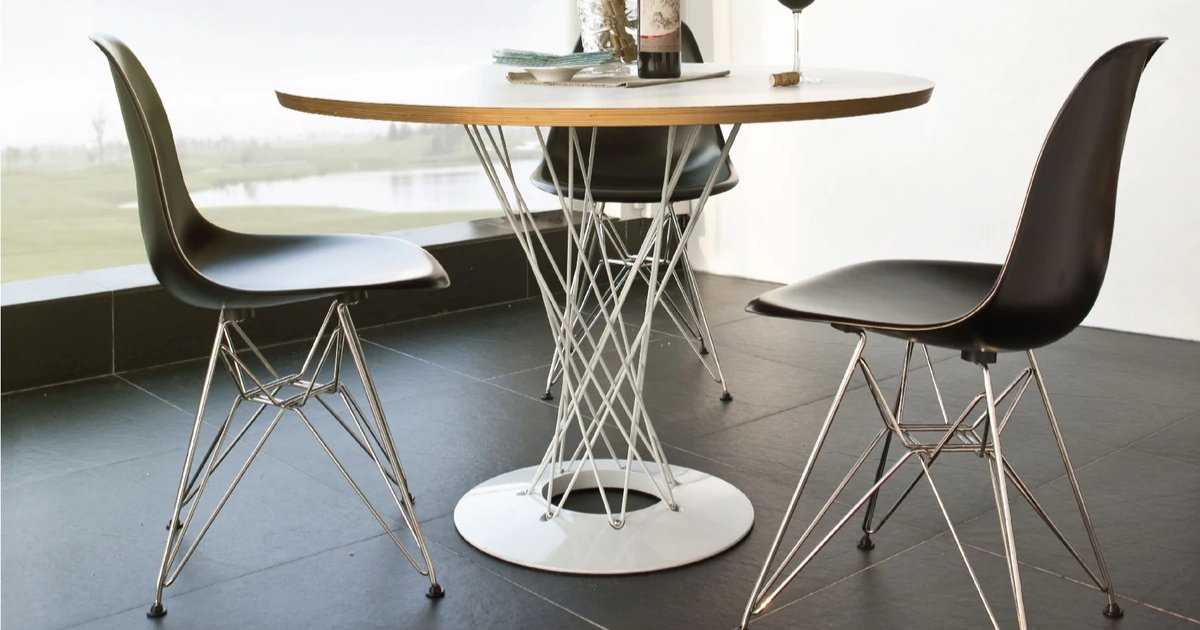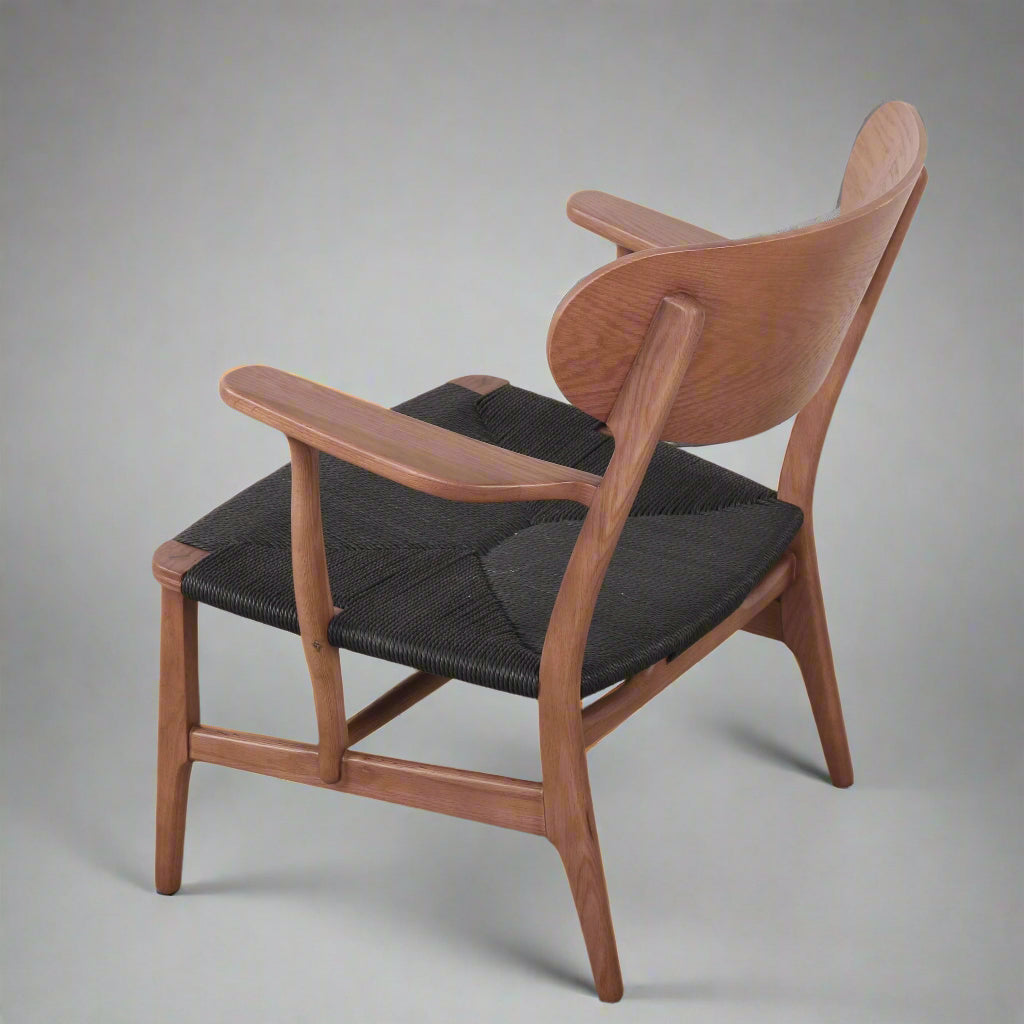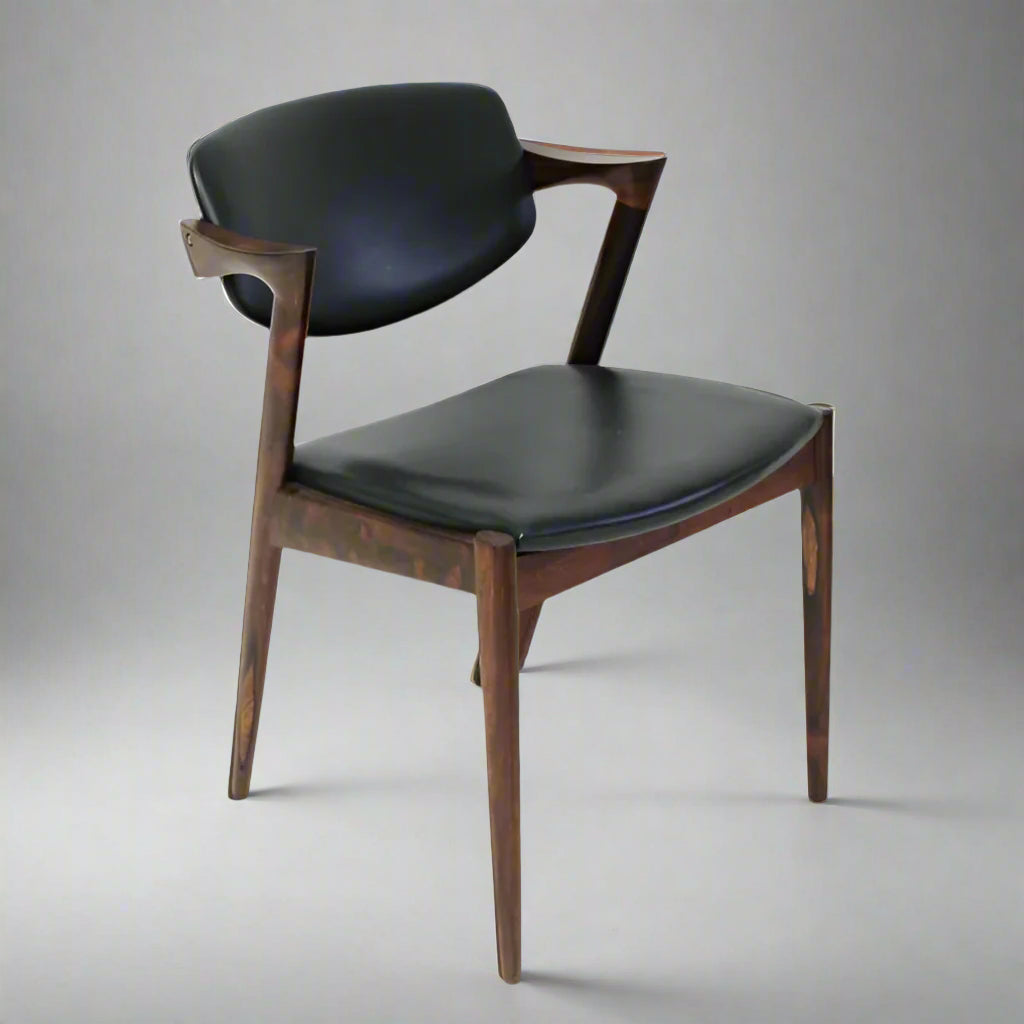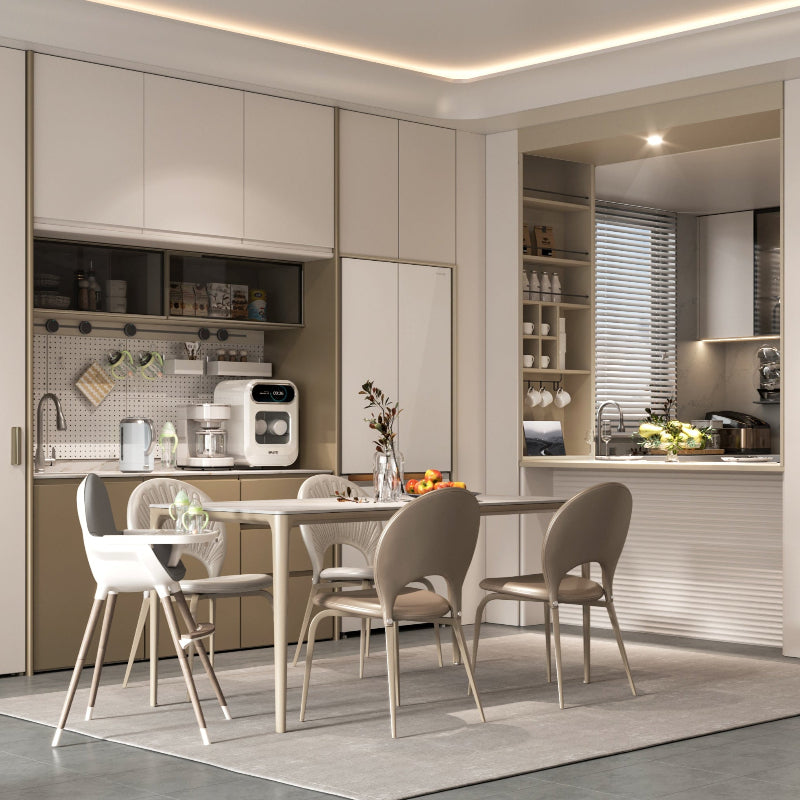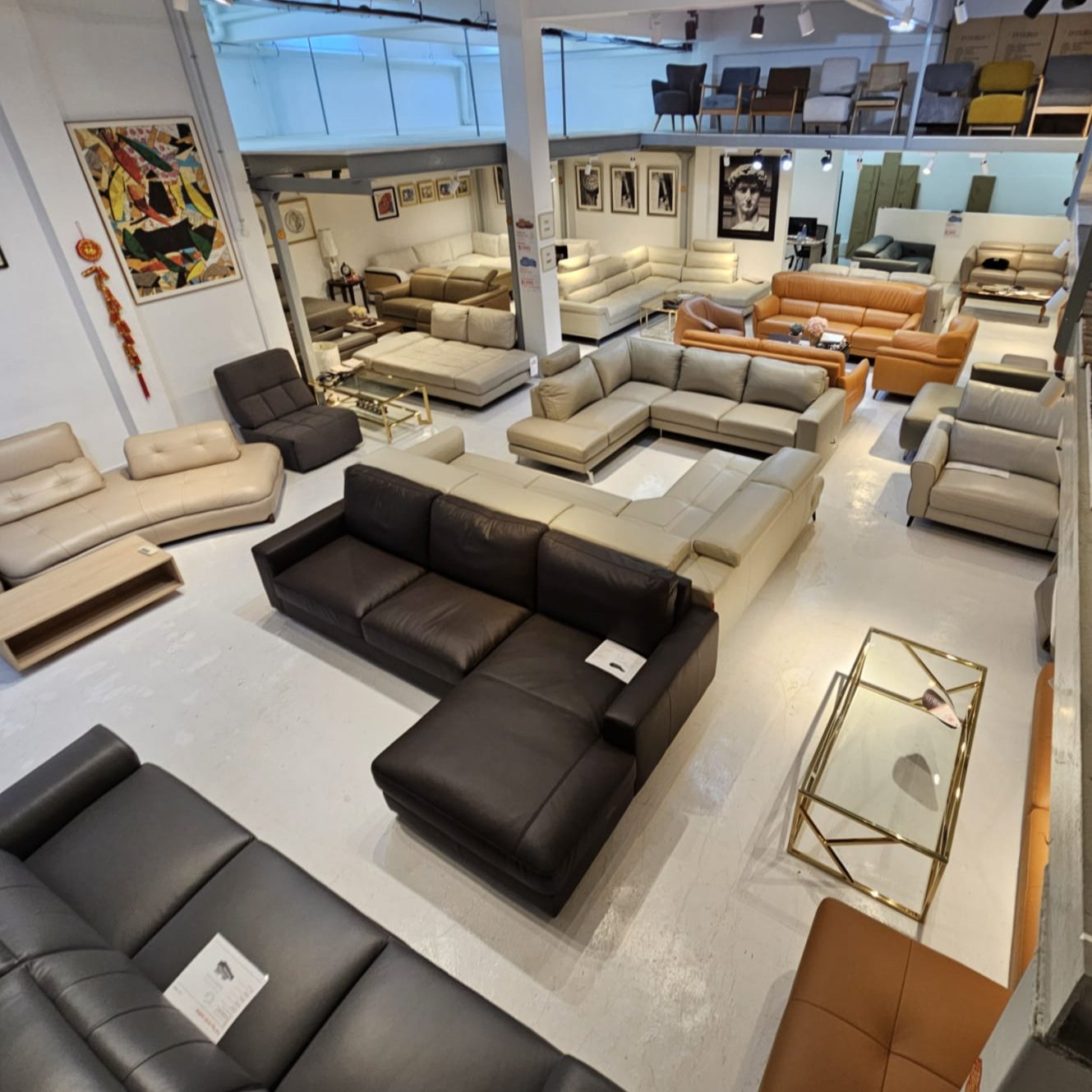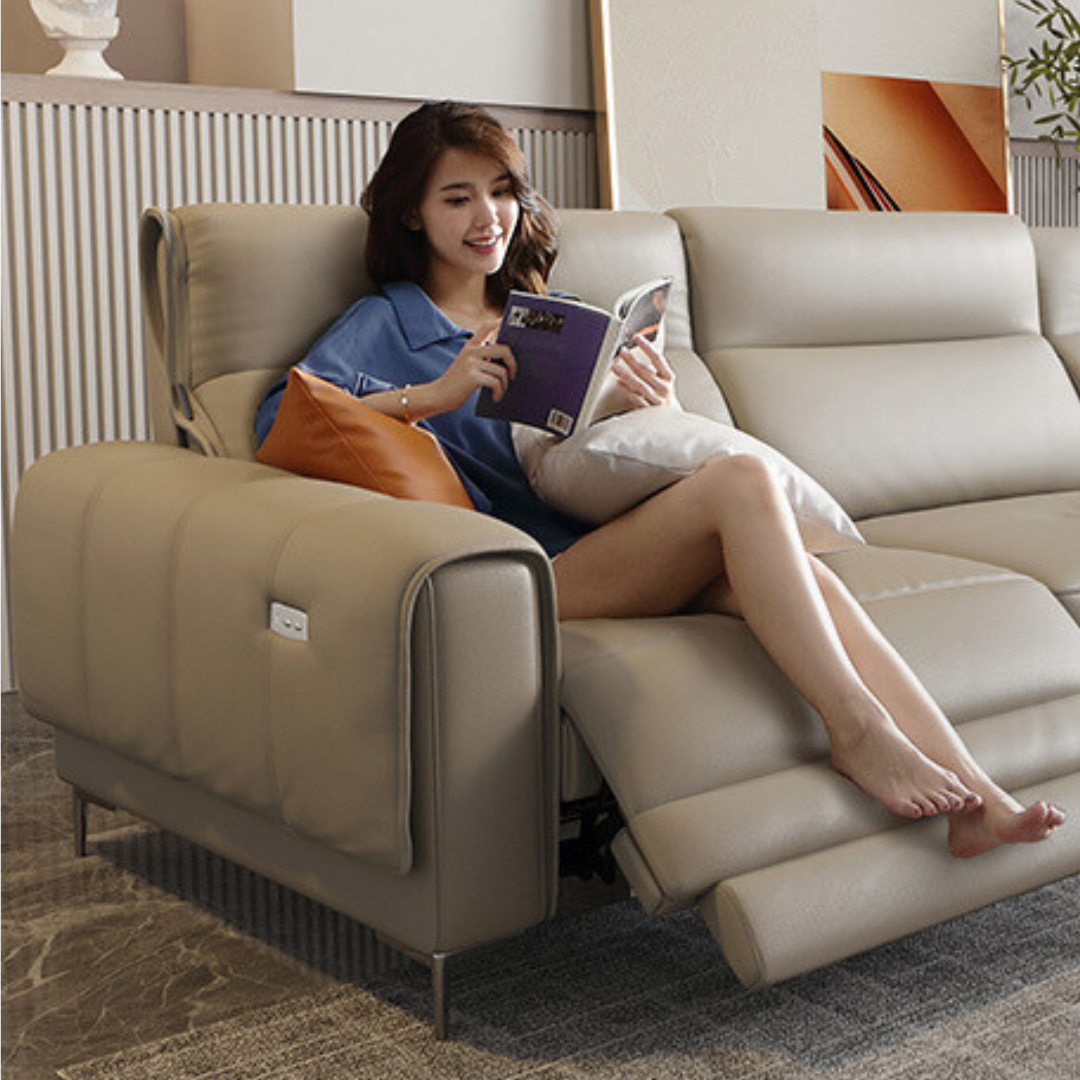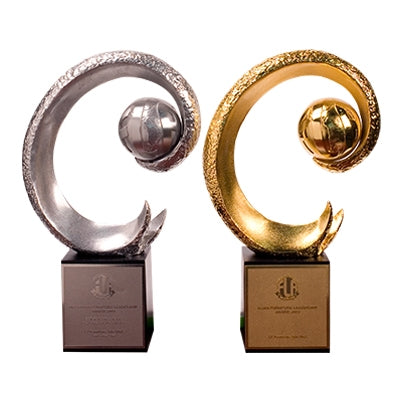Fiberglass is plastic that is reinforced by fine glass fibers or strands embedded in a resin matrix.

Fiberglass is a fascinatingly beautiful, durable, and sustainable material that has been touted as the lumber of the future. Its vibrant aesthetics, versatility and beguiling tactility have bestowed upon the material a sort of casual but hardy connoisseurship that endures.
Fiberglass is lightweight, extremely robust, low-maintenance, UV-resistant, nonporous, and chemically inert, which means that it will not react with other substances that it comes into contact with. The strength properties of fiberglass actually surpass that of heavier steel. It also holds its shape and color over its lifetime and has excellent impact and scratch resistance. Little wonder then that it is a favorite material for furniture. Fiberglass has a very comfortable finish and also takes on even more depth as it wears in, showing more complexity as compared to other plastics that merely look hazed and dull over time and scratches. Cleaning fiberglass chairs is as easy as wiping them down.
The sleek, molded look of fiberglass is best encapsulated in that timeless, almost architectural, Eames 1950 design: the Molded Plastic Chair. Customizable to fit all needs (there is a version with arms, and the chair itself can be configured with a choice of four bases: a four-legged, stacking base, wooden dowel legs, a wire ‘Eiffel Tower’ base or a rocker). Design and history are at the forefront in these canonical chairs with their gorgeous, curvaceous shells of color and unique legs. Also by the legendary design duo Charles and Ray Eames, the La Chaise is striking and sculptural with a wooden base with iron rods and an elongated amoeba-shaped seat. Utterly unique and perfect for lounging upon, as a turned-out Ben Affleck proved atop a fire engine red model on a popular magazine cover in 2009.

Picket&Rail’s versions of these designs are meticulously and lustrously crafted in fiberglass, stainless and powder coated steel and prime solid wood such as American walnut, American maple and white oak. (L-R in second picture: Maja Rocking Chair in black fiberglass shell, stainless steel and American walnut base inspired by the Molded Plastic Chair, Raja Chaise Lounge inspired by the Eames' La Chaise in white fiberglass shell and American walnut cruciform base, Arnelli Lounge Chair inspired by Eero Aarnio's Cognac Chair and S Chair inspired by the Panton Chair)
Finnish designer Eero Aarnio's ingenious 1963 Ball Chair (first picture) is instantly recognizable; in fact its completely original form has never been replicated since. It is molded from fiberglass- any other material would be inferior. Similarly, Danish designer Verner Panton’s 1959 Panton Chair design could only be realized when fiberglass was incorporated into the mix after years of experimentation with and manipulation of the potential of plastic in design. The fluid Pop Art design was the very first form injection-molded plastic chair in a single form. Picket&Rail’s S-Chairs are seamless fiberglass pieces in a mélange of intense colors that are fade and weather-proof. They possess symmetry and work beautifully in all sorts of spaces.

Because fiberglass is impermeable to moisture and will not rot, attract insects, peel, warp, or corrode or degrade over time, fiberglass furniture can also be used outdoors. Just think about it: fiberglass is used in boat construction and if the material can weather the harsh environment of the sea, it will be just dandy by your pool or porch. Fiberglass can also withstand extreme temperature changes and exhibit very little expansion and contraction in comparison with other materials, including plastic.
George Nelson’s elegant 1955 Coconut Lounge Chair resembles a chunk of coconut; its smooth fiberglass outer shell is a lovely contrast to the inviting upholstered cushion that it cradles on.
Fiberglass is once again showcased in American modernist designer Eero Saarinen’s classic 1956 Tulip Chair with its slim and harmonious pedestal base. Saarinen stepped up his game by developing new manufacturing methods involving fiberglass and resin for his 1948 Womb Chair and Ottoman, which set new precedents with their radical builds and production techniques. The Womb Chair has an exceedingly comfortable foam-covered fiberglass structure within an elegant stainless steel supporting frame. (Lioden Chair, Elegante Armchair and Jacob Dining Table inspired by Saarinen's Pedestal Collection in third picture)
Along with structural stability, fiberglass also vibrates less so your fiberglass furniture is relatively noiseless. Fiberglass looks incredibly contemporary and fun and is an immensely attractive and practical choice for your furniture.

